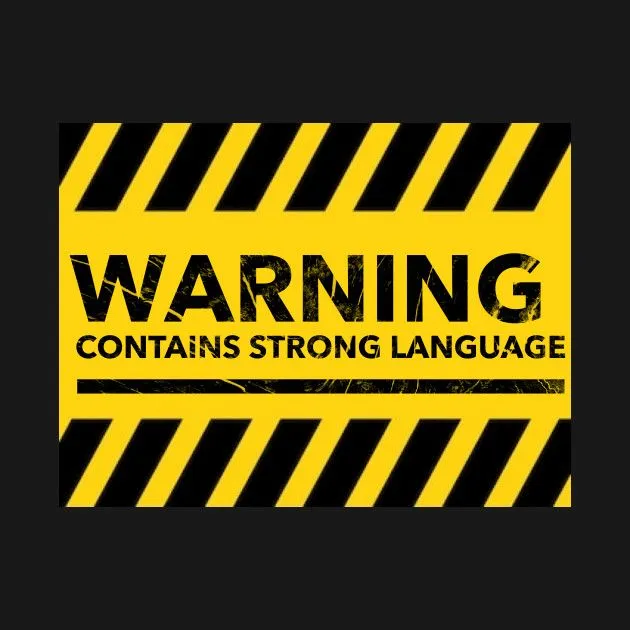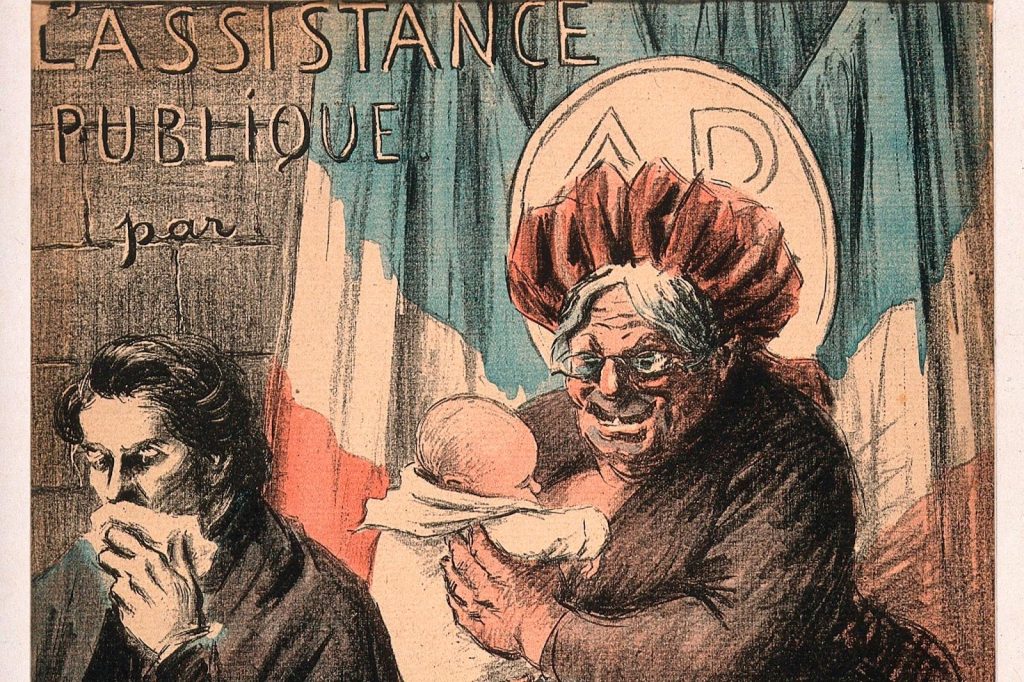Language is a powerful tool, capable of building bridges or erecting walls. Loaded language, which has built-in biases and emotional triggers, takes this influence to a whole new level. In this blog post, we’ll explore what exactly loaded language is, providing examples of how it not only conveys ideas but also influences how we see and react to the world. We’ll also discuss how to use it appropriately.
Table of Contents
What Is Loaded Language?
Loaded language, emotive language, high-inference language, or persuasive language refers to the use of words and phrases that carry strong emotional, cultural, or ideological connotations.
These words are “loaded” with meaning, like “loaded” guns—they pack a punch and can make readers/listeners react strongly. Loaded language isn’t just about the actual meanings of the words; it affects how we feel things and it can shape the way we think about a particular topic.

People often use loaded language to change how others think, tell a story a certain way, or make a point more strongly. You can find it in politics, advertising, media, and everyday conversations.
Being aware of loaded language is essential for critical thinking and effective communication to better understand different opinions, and make smarter choices based on the information we get.
Key Characteristics Of Loaded Language
- Strong feelings: Loaded words evoke positive or negative feelings, opinions, or judgments beyond their dictionary definition. For example, calling someone a “hero” or a “villain” doesn’t just describe; it also makes you feel something strong, either positive or negative.
- Personal views: Loaded language often relies on biased perspectives. Words like “flawed,” “perfect,” or “controversial” mean different things to different people and in what context.
- Not clear: Loaded language can be unclear on purpose. Words like “progress,” “freedom,” or “corruption” are a bit fuzzy, letting people see them in their way.
- Appeals to emotion: Loaded language often aims to trigger specific emotions like fear, anger, sympathy, or pride to manipulate the listener’s response. Words like “tragedy,” “outrage,” or “inspiring” are examples.
- Persuasive intent: Overall, loaded language wants to convince you of something. It aims to shape how people perceive information and influence their decisions.

Examples Of Loaded Language
Example: “War on Terror”
The term “war” implies a serious, aggressive effort against an enemy. By adding “on terror,” it not only describes a military action but makes it sound like a moral duty, stirring strong emotions and affecting how people see it.
Example: “Illegal Alien”
Instead of saying “undocumented immigrant,” calling someone an “illegal alien” carries a negative connotation. This loaded term can influence people’s opinions by making them think negatively about someone’s presence.
Example: “Pro-Life” vs “Pro-Choice“
This “Pro-Life” term, used by anti-abortion advocates, conveys a positive and moral stance, framing the argument around preserving life. The alternative term, “Pro-Choice,” is also loaded but emphasizes individual freedom and reproductive rights.
Example: “Job Creators”
Used in economic discussions, this term often refers to wealthy individuals or corporations. It implies a positive societal contribution. It shapes the conversation to make policies benefiting the wealthy seem helpful for everyone.
Example: “Nanny State”
This term carries a negative meaning, suggesting too much government involvement or control. It’s often used to criticize policies meant to help the public, making them seem intrusive instead of protective.

Example: “Fake News”
Coined to criticize news sources, “Fake News” implies purposeful deception, making certain media outlets seem untrustworthy. It’s often used to ignore information that goes against what someone believes.
“Freedom Fighters”
This term describes groups in armed conflict, making them sound heroic for fighting for freedom. However, it can also make actions that others might see as terrorism sound romantic or positive.
Example: “Welfare Queen”
This derogatory term is loaded with negative stereotypes, often used to criticize individuals receiving government assistance. It can create biased views and oversimplify complex social issues.
How To Use Loaded Language
Here are some key ways to use loaded language effectively, but always with caution and ethical considerations:
Identify Your Goal
- Persuade: If you want to convince your audience to adopt a particular viewpoint, choose words that evoke positive emotions or associations with your argument.
- Criticize: To undermine an opposing argument or idea, use words that carry negative connotations or expose potential flaws.
- Frame an Issue: To shape how people perceive a topic, select words that highlight specific aspects or perspectives while downplaying others.
Choose Your Words Carefully
- Emotionally Charged Words: Use words that elicit strong feelings, such as “love,” “hate,” “fear,” “hope,” “patriotism,” or “betrayal.”
- Words with Strong Connotations: Select words with positive or negative associations, such as “hero,” “villain,” “freedom,” “oppression,” “progress,” or “decline.”
- Figurative Language: Use metaphorical examples, similes, assonance examples, and other figures of speech to create vivid imagery and emotional resonance.
- Repetition: Repeating keywords with repetition examples or phrases can reinforce their impact and make them more memorable.

Consider Your Audience
- Tailor your language to resonate with your audience’s existing values and beliefs, making your message more likely to be accepted.
- Adapt your language to your audience’s level of understanding and familiarity with the topic.
- aware of cultural nuances and avoid using terms that could be offensive or insensitive to particular groups.
Use Rhetorical Devices
- Pose questions that guide the audience’s thinking and encourage them to draw specific conclusions.
- Use hyperbole examples sentences, and exaggerate for effect, but use it sparingly to avoid sounding insincere.
- Share personal stories to connect with your audience’s emotions and create a shared experience.
Ethical Considerations
- Truthfulness: Avoid misleading or manipulating your audience with false information.
- Fairness: Represent opposing viewpoints accurately and respectfully.
- Responsibility: Consider the potential consequences of your language and use it to promote positive outcomes.
- Manipulation: Be mindful of the power of loaded language to manipulate emotions and avoid using it to exploit or harm others.
- Transparency: Acknowledge your biases and intentions when using loaded language, allowing for open and informed discussion.
- Remember: While loaded language can be a powerful tool, it’s essential to use it responsibly and ethically. Always strive for clarity, accuracy, and respect for your audience to avoid misleading or manipulating them.
Conclusion
While loaded language can be a persuasive tool, it should be wielded responsibly and ethically. Strive to use it for constructive purposes, such as raising awareness, advocating for positive change, or emphasizing key points, while avoiding manipulative or harmful practices.
Ref: USA Translate | Authority Pub | TCK Publishing


